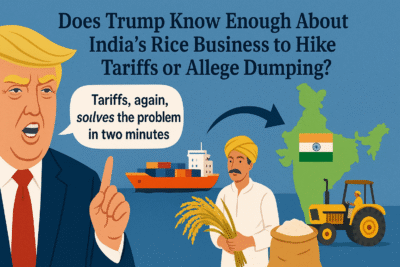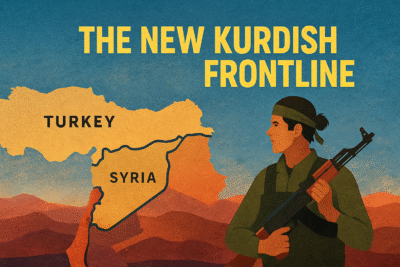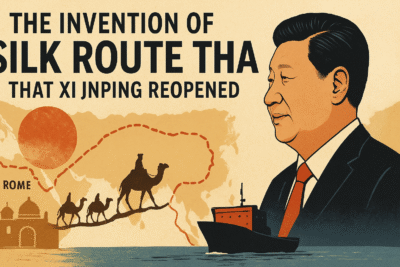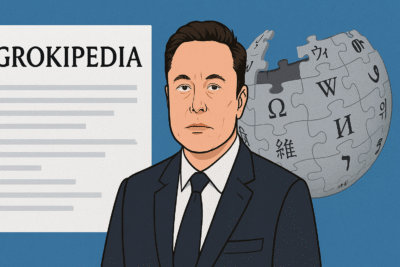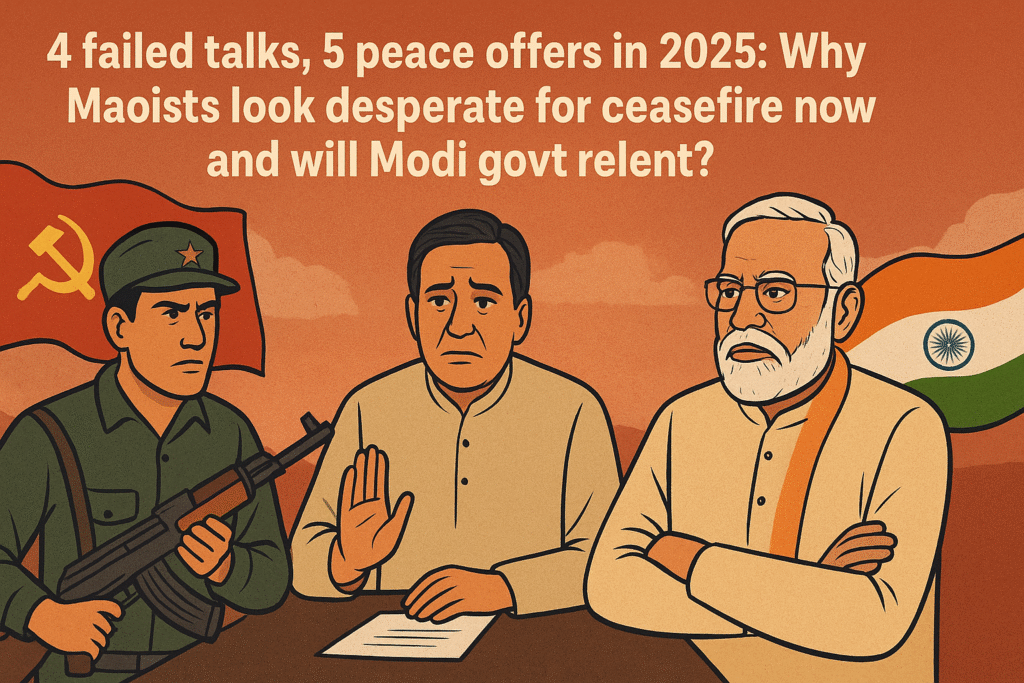
Possibly the most significant news of the last fortnight from India was Maoist insurgents seeking ceasefire with the government, agreeing to lay down arms. Maoist insurgency, once considered “the greatest internal security challenge” to the Indian state, stands battered at a historic crossroads.
In 2025 alone, the group has made five separate peace offers from the Communist Party of India (Maoist). The audio clips of the Maoist party leaders were being verified by the government for authenticity, reports have said. The group is outlawed, and any public association is liable for criminal legal action against individuals and outfits.
However, the increasing frequency of peace proposals, with retreating demands signals a major shift from the past hardline stance taken by Maoists, reflecting both growing vulnerability and strategic recalibration. The pressing question is whether Prime Minister Narendra Modi’s government will relent to give Maoist insurgents an opportunity to join the mainstream.
In any case, the CPI (Maoist) leadership’s requests for a ceasefire and readiness to lay down arms mark a dramatic shift from their decades of armed struggle. Maoists have long believed in “gun is liberation” model in their ambition to establish communist rule in India on the lines the world has seen in China.
The question now: are the Maoists truly ready to lay down arms, and will the Modi government accept their olive branch or insist on unconditional surrender first?
A past filled with stalled dialogues
The roots of Maoist insurgency in India is traced to a West Bengal village — Naxalbari. The original rebels were, therefore, called Naxalites. And they were operating in rural and tribal areas of far-flung states — from West Bengal in the east to Maharashtra in the west, and Andhra Pradesh in the south.
Their adoption of Chinese communist leader Mao Zedong’s ideology and methods of armed struggle for establishing communism gave it vastly different colours from the purpose with which the original rebels had started their struggle. Incidentally, original Naxalites parted ways.
Negotiations between governments and Maoist leaders have repeatedly collapsed over the past decades, with bloodshed punctuating every slim opening for talks.
| Year | Event | Outcome |
|---|---|---|
| 2002 | Andhra Pradesh government tried dialogue with Maoists | No breakthrough—talks ended before they began |
| 2004 | Talks under CM Rajasekhar Reddy | Failed after violence; Maoists accused the government of betrayal |
| 2010 | Peace initiative led by Home Minister P. Chidambaram; mediator Swami Agnivesh; Maoist leader Azad involved | Azad killed in police encounter, dialogue collapsed. Allegations that government sabotaged talks |
| 2011 | Maoist leader Kishenji signalled talks | Killed before anything materialised; mediators resigned in protest |
Despite sporadic ceasefire proposals and negotiation efforts, anger and mistrust have plagued every attempt. For the last decade, the Indian government’s posture has hardened, particularly under the Modi government, which has prioritised the complete defeat of Naxalite violence by 2026.
Peace offers in 2025: A Timeline of Maoist desperation
| Date | Peace Offer |
|---|---|
| 28 March | Central Committee proposes talks if Operation Kagar is paused |
| 2 April | CPI (Maoist) signals willingness for dialogue if armed operations and camp expansions are stopped |
| 3 April | Spokesman Abhay pledges ceasefire immediately if government gives a positive reply |
| 25 April | Demands for a ceasefire deadline and unconditional peace negotiations |
| September | Two press notes and audio recordings declare readiness for talks and ceasefire as Maoist losses mount |
These unprecedented overtures—they include offers to negotiate via video call, seek consultations with jailed leaders and even drop past conditions—reflect a movement under immense pressure. The CPI (Maoist) central committee’s strength has dropped from over 40 to barely a dozen; senior leaders have been slain and surrenders are rising in their ranks.
Battered, cornered, and changing language
This is the first time Maoist leadership has accepted that they’re willing to work with political parties and social movements to address people’s issues. Their new-language statements no longer paint guns as the only pathway to liberation. Instead, they emphasise engaging with civil society and seeking “forests of peace” rather than “forests red with blood”.
Observers note that these developments follow heavy blows: the deaths of general secretary Basavaraju, key field commanders, and mass surrenders have forced reflection. As pressure mounts from security forces, and with declining grassroots support, reports suggest divisions inside the Maoist ranks—some willing to embrace talks, others still holding to violence.
The Modi government’s role
Reports suggest that the government is treading cautiously against what could turn out to be premature optimism. Security agencies are verifying the authenticity of Maoist statements, but official responses remain firm: no talks without disarmament and surrender.
The government has been of the view that the path to peace requires Maoists to abandon armed struggle and return to the mainstream. National strategy, as nuanced by Union Home Minister Amit Shah, continues to prioritise eliminating the insurgency rather than accommodating negotiation on Maoist terms.
Police intelligence services note the risks: previous ceasefire offers have been used as stalling tactics, enabling regrouping and recruitment. The fear is that, unless the Maoists fully surrender, any pause in operations risks giving them breathing space to revive armed strength.
The security system knows that Naxals are under pressure. The reference to the PM and HM’s appeal is new. Earlier this year, conditional surrender was mentioned by central committee members, but this is the first time unconditional laying down of arms has been mentioned.
What to expect next
While the government casts doubt on Maoist sincerity, civil society voices urge leaders to seize the rare opportunity for peace. If things stay the course, dialogue—if not now, then soon—could help end India’s longest-running internal war. Yet the prospects remain shadowed by mistrust, violence, and the need for the Maoists to genuinely prove their intention to join India’s democratic system, not just regroup.
Will the Modi government relent, or will the insurgency’s fracturing simply mark another lull before violence returns? For now, the Maoists look more desperate than determined. Their repeated peace offers may be the last sign before final defeat—or the first step toward real negotiation.
